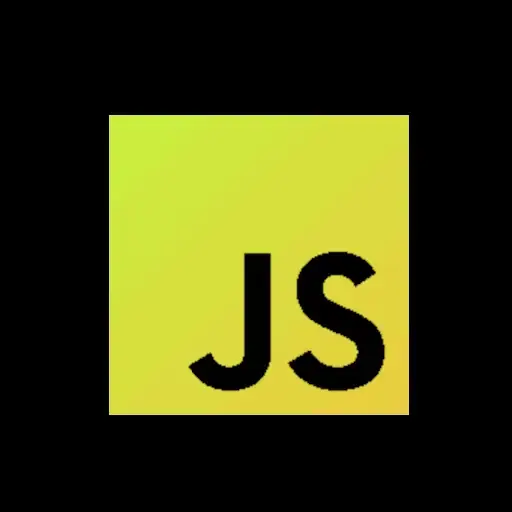

Quite the contrary! The idea is that today’s curricula and methods of instruction have changed a lot over two centuries. Here in the US, it is not uncommon for secondary arts teachers and programs to be dropped whenever schools are feeling a budget crunch. Now we see similar things going on in major universities. Often ones with more administrators than professors.
In the high school I attended, and later in one that I taught in, the separate building for the sports program was as large as the rest of the school. I thought those were fairly clear statements of what the district’s priorities were. ‘Education’ is a very broad word that can mean many things in many places.



I ran into a very old saying yesterday: A fish rots from the head down.